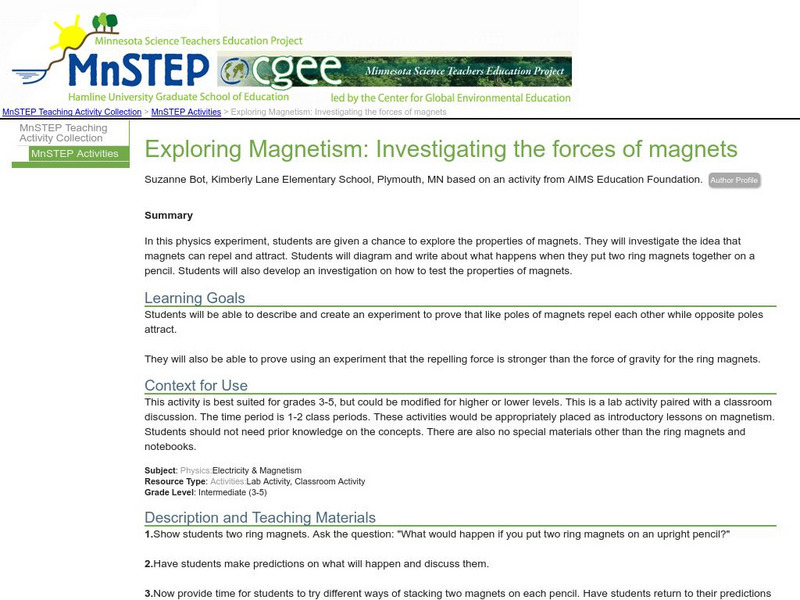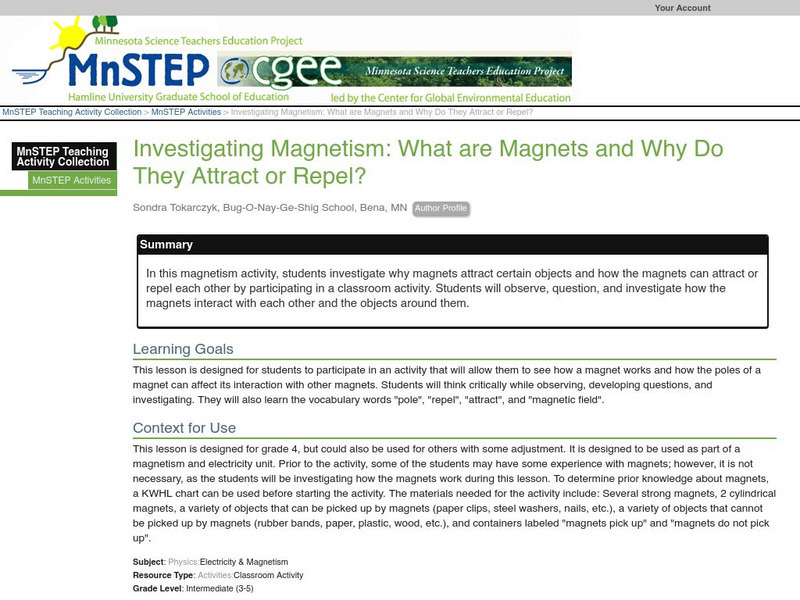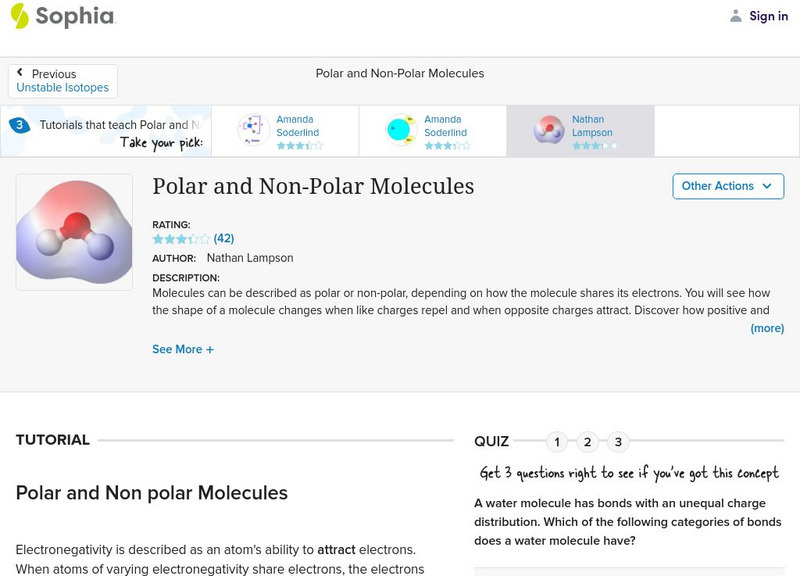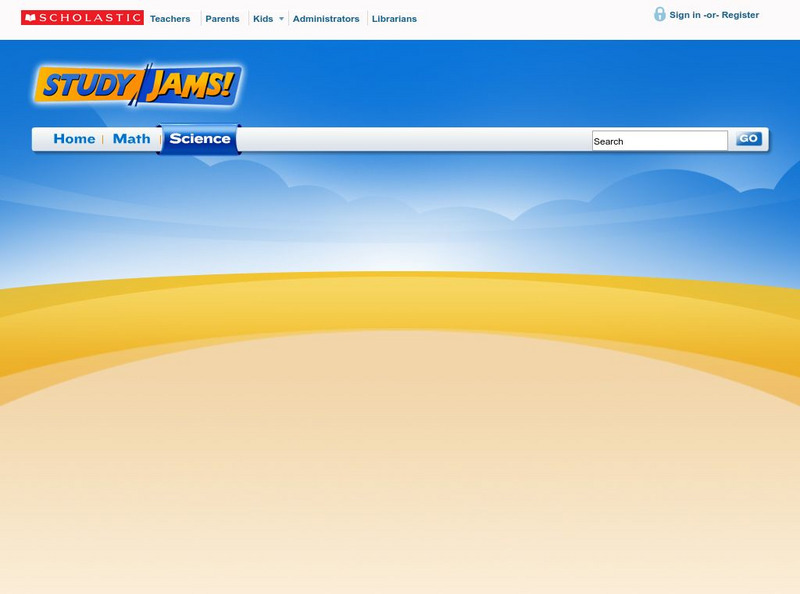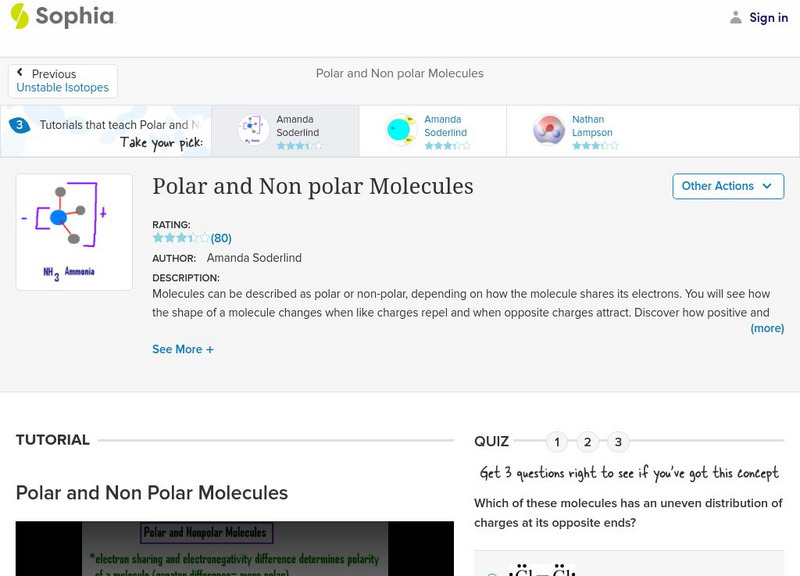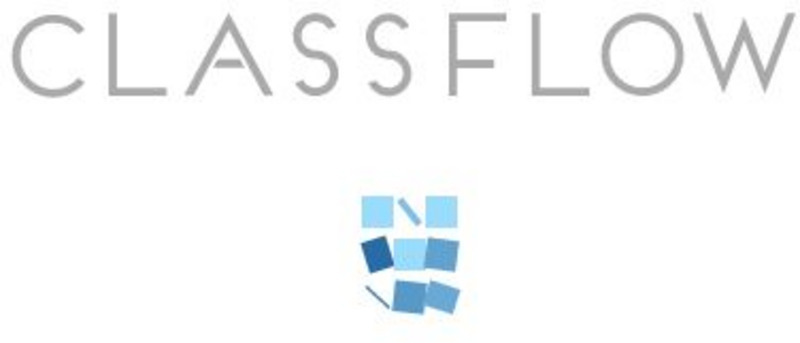Science Education Resource Center at Carleton College
Serc: Exploring Magnetism: Investigating the Forces of Magnets
Students describe and create an experiment to prove that like poles of magnets repel each other while opposite poles attract. Using the experiment, they use the data to support the claim that the repelling force is stronger than the...
Science Education Resource Center at Carleton College
Serc: Investigating Magnetism: What Are Magnets and Why Do They Attract or Repel
In this magnetism activity, learners investigate why magnets attract certain objects and how the magnets can attract or repel each other by participating in a classroom activity. Students will observe, question, and investigate how the...
Sophia Learning
Sophia: Polar and Non Polar Molecules: Lesson 1
This lesson will introduce polar and non-polar molecules, explaining their location, charge, and mass. It is 1 of 3 in the series titled "Polar and Non polar Molecules."
E-learning for Kids
E Learning for Kids: Science: Alexandrian Lighthouse: What Are Properties of Magnets?
Learn about the properties of magnets, what metals are attracted to them, what magnetic poles do, and about repulsion and attraction.
Scholastic
Scholastic: Study Jams! Science: Energy, Light and Sound: Magnetism
A slideshow and a short multiple-choice quiz on the basic concepts and vocabulary of magnetism.
Science Education Resource Center at Carleton College
Serc: Mother Nature's Funnest Play Things: Magnets
For this experiment, students will investigate magnets and how they work. They will understand that two like poles "repel" while opposite poles "attract." They will also observe how a natural force is created by two magnets and answer...
Other
K 3 Learning Pages: Web Resources Thunderstorms
Check out this comprehensive list of web resources on thunderstorms and safety. Students and teachers will benefit from the links found on this site.
Physics Aviary
Physics Aviary: Velocity From Repulsion Lab
This lab was designed to allow students to look at the maximum speed an object can obtain when it is electrically repelled by a like charge.
CK-12 Foundation
Ck 12: Physics Simulation: Electric Fields Simulation
[Free Registration/Login Required] In this simulation, students look at the question of whether one can score a goal in an electric field. They experiment with positive and negative charges to try to score goals.
Sophia Learning
Sophia: Polar and Non Polar Molecules: Lesson 2
This lesson will introduce polar and non-polar molecules, explaining their location, charge, and mass. It is 2 of 3 in the series titled "Polar and Non polar Molecules."
Sophia Learning
Sophia: Polar and Non Polar Molecules: Lesson 3
This lesson will introduce polar and non-polar molecules, explaining their location, charge, and mass. It is 3 of 3 in the series titled "Polar and Non polar Molecules."
ClassFlow
Class Flow: Magnet Flipchart
[Free Registration/Login Required] Flipchart helps students differentiate which objects are attracted by a magnet and which are not. Students will also predict whether different materials will be attracted or repelled by magnets....
ClassFlow
Class Flow: Magnets
[Free Registration/Login Required] This flipchart helps students differentiate between and identify objects that are attracted by a magnet and those that are not attracted by a magnet.
Science and Mathematics Initiative for Learning Enhancement (SMILE)
Smile: About Magnets (Lesson Plan)
This site provides a lesson plan which includes a hands-on activity about magnetism and magnetic fields. Parts of the plan would be easily adaptable as a student project (for any grade level).


